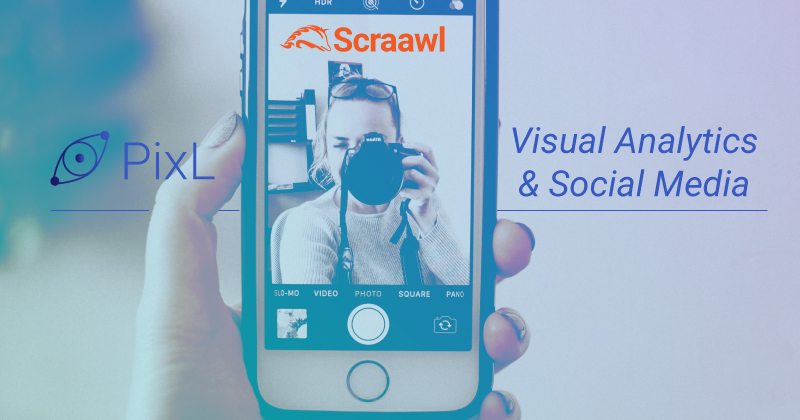Visual marketing, the practice of using videos and images for brand promotion, has always been an integral part of advertising.
With digital platforms, however, there are now productive means of tracking impact and gathering meaningful data. In order to collect data that can actually be transformed into actionable insights, it is important to have a data-first mindset; to be data-driven from the outset.
Here is why it’s important to have a data-driven strategy to your visual marketing:
Images and videos haven taken over social media
If you go on any social media platform today, it’s clear that videos and images have taken over social media. It is not enough to track text content and to follow engagements on posts. To get a more wholistic picture of online presence, marketers must also follow the trends in visual content, such as who and what is being featured in videos or photos.
We talk about the great potential for image analytics in our blog on Image Recognition Analytics, and since then, the demand has only grown.
![]()
In the article Social Media Analytics Is Failing As Social Media Becomes More Visual the author Kalev Leetaru makes a case for image detection in social media analytics, despite the computational costs of these image processing algorithms. At the end of the piece, Leetaru concludes that, “…as social platforms rush towards a visual-first world, the vast landscape of social analytics is getting less and less representative of what we’re really talking about.”
We have to agree with this assertion. There is a wealth of information embedded in digital data and we are developing ways to export that visual content to a data analytics tool we’re calling Scraawl PixL.
New technology is making visual data processing more efficient
By exporting social media images to PixL, users will be able to run object and face detection, as well as run Optimal Character Recognition.
Optimal Character Recognition extracts text from images, allowing analysts to apply content-based analytics on the extracted text. This means being able to search image posts for content that is in the photo. Suddenly, there is no longer a barrier between a tweet and an image or a caption and an instagram post.
Image processing tools that can extract and analyze images from social media have the potential to also detect objects and faces. Image processing for social media data is important in keeping up with the changing user habits. Memes and other image-first behavior, are now the language of social. In our blog on Meme Marketing, we talk about the use of images with well-worn jokes as a means to connect with a millennial audience.
 Consider also for a moment, the possibility of searching for logos in a video or a still photo. Now data analysts can search across social media for instances of brands in visual content, and not just mentions of brands in text. Such data analysis could have a huge impact on finding market trends and perhaps assessing the value of an influencer partnership.
Consider also for a moment, the possibility of searching for logos in a video or a still photo. Now data analysts can search across social media for instances of brands in visual content, and not just mentions of brands in text. Such data analysis could have a huge impact on finding market trends and perhaps assessing the value of an influencer partnership.
User and influencer-generated content is only getting bigger
While the influencer industry may have taken a beating in the past two years, there are no signs that it’s slowing down. Influencer video and user generated content are only going to get bigger as the popularity of Instagram live and stories have shown. Not only are platforms prioritizing videos, by notifying users if a live video is starting for example, they are also offering more metrics on these videos to help brands track impact.
But as stated previously, it is not enough to look at the engagement metrics. Brands and analysts must have visibility into the content of the video or photos in order to fully monitor their presence online. For brands, this could mean running visual analytics on user generated content to see what the next big trend in clothing or to run face detection to not only audit influencer-generated videos but also the reaction videos.
Machine learning algorithms can really open up the world of possibilities in social media data. Finally, there will be a 360 degree view of social data, from information about the user, to the text, and now to the visuals that are paired with the text.
How to find out more
If you are interested in learning more about Scraawl PixL and how to integrate data analytic for social media images, get in touch at contact@scraawl.com.




